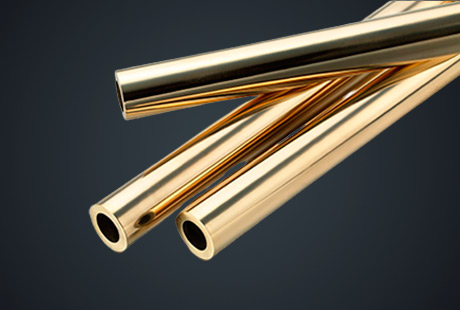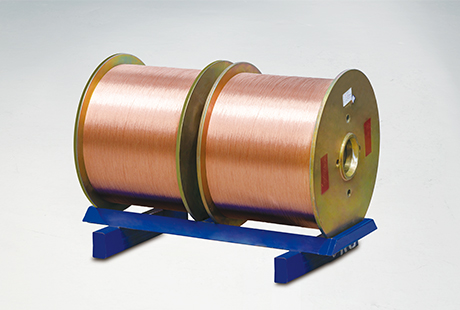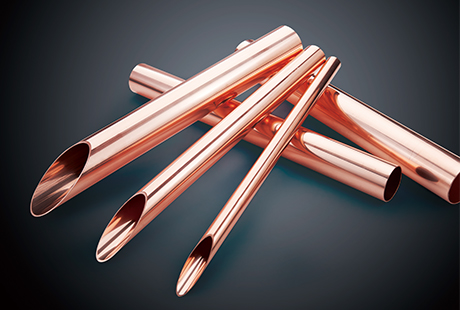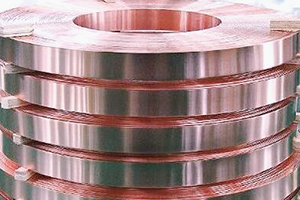Enhancing Electronics with Thin Brass Strips
In the world of modern electronics, where devices are getting smaller, more efficient, and increasingly powerful, engineers are constantly exploring innovative materials to optimize their designs. One such material that has gained significant attention in recent years is thin brass strips. These unassuming, flexible metal strips have proven to be an engineering wonder, contributing significantly to the strength and reliability of electronic components. In this article, we'll delve into the fascinating ways in which thin brass strips are strengthening electronic components.
The Versatility of Thin Brass Strips
Thin brass strips, typically made from a combination of copper and zinc, offer a unique set of properties that make them ideal for various electronic applications. Their versatility in the electronics industry arises from their ability to balance conductivity, malleability, and corrosion resistance. Here's a closer look at how thin brass strips are employed in electronic component enhancement:
EMI Shielding and Grounding
Electronic devices, from smartphones to laptops, are highly susceptible to electromagnetic interference (EMI). Thin brass strips are used to create effective EMI shielding solutions that protect sensitive components from unwanted electromagnetic signals. By providing a conductive barrier around the components, these strips ensure that your device operates as intended, without interference.
Heat Dissipation
Overheating is a common issue in electronics, and excess heat can lead to reduced performance and, in extreme cases, damage to sensitive components. Thin brass strips are excellent conductors of heat and are used to facilitate efficient heat dissipation in electronic devices. They are strategically placed in heat sinks, ensuring that excess heat is quickly and effectively redirected away from critical components.
Flexible Circuitry
Miniaturization is a key trend in the electronics industry. To create compact devices with complex functionalities, engineers rely on flexible circuits. Thin brass strips, with their pliability, are often used as the conductive pathways in flexible circuitry, making it possible to create electronics that can be bent, twisted, and compactly arranged.
Future Innovations with Thin Brass Strips
As electronic technology continues to advance, the role of thin brass strips in strengthening electronic components is likely to expand further. Researchers and engineers are continually exploring new ways to leverage the unique properties of brass to enhance device performance, reduce interference, and increase durability. This ongoing innovation promises exciting developments in the electronics industry.
Thin brass strips are a hidden gem in the world of electronics, playing a crucial role in improving the performance and longevity of electronic components. Their conductivity, flexibility, and resistance to interference make them indispensable in today's rapidly evolving electronics landscape. As technology continues to push the boundaries of what's possible, the unassuming brass strip remains a key player in ensuring our devices work seamlessly and reliably.

 English
English 日本語
日本語 한국어
한국어 français
français Deutsch
Deutsch Español
Español italiano
italiano العربية
العربية tiếng việt
tiếng việt Türkçe
Türkçe ไทย
ไทย 中文
中文





